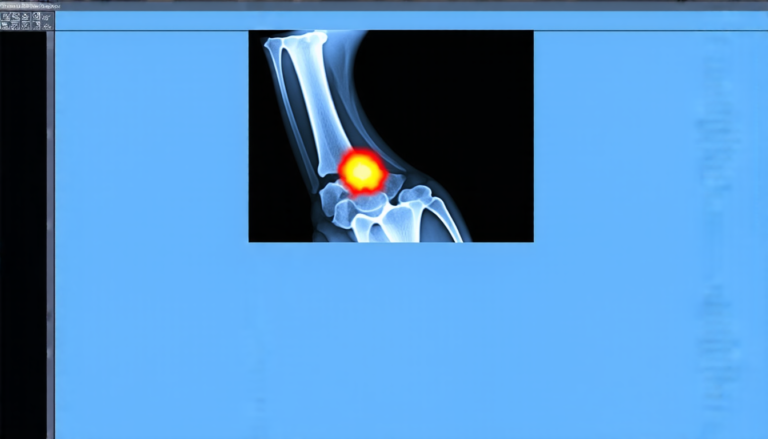Wednesday 10 September 2025
Scientists have made significant progress in developing efficient numerical methods for solving complex stochastic partial differential equations (SPDEs), a crucial step towards better understanding and modeling real-world phenomena.
These SPDEs describe systems that are subject to random fluctuations, such as the movement of particles in a fluid or the behavior of financial markets. However, solving them numerically is a challenging task due to the inherent randomness involved. The traditional approach is to use linearized methods, which can be computationally expensive and may not always provide accurate results.
The researchers have developed iterative solvers that approximate the solution of numerical schemes for stochastic Stefan problems, a type of SPDE that models phase transitions between two thermodynamic states. Their approach uses a combination of standard Newton techniques and linearized solvers to efficiently solve the nonlinear equation associated with this scheme.
One of the key innovations is the use of adaptive tolerance in both deterministic and stochastic cases. This allows for a more accurate estimation of the gradient, which is essential for determining the optimal solution. The team has also explored several approaches, including the L- and R-methods, which have been shown to be highly effective in simulating problems involving a large number of Brownian motions.
The findings suggest that decreasing the tolerance in the gradient estimation can further enhance the performance of these methods. This is particularly important in stochastic cases, where the random fluctuations can significantly impact the accuracy of the solution.
The development of efficient numerical methods for SPDEs has far-reaching implications for various fields, including physics, engineering, and finance. By providing accurate and reliable solutions to complex problems, researchers can better understand and model real-world phenomena, leading to breakthroughs in areas such as climate modeling, materials science, and risk analysis.
In a broader sense, the work highlights the importance of interdisciplinary collaboration between mathematicians, physicists, and computer scientists. The challenge of solving SPDEs requires expertise from multiple fields, and the development of novel numerical methods demands innovative thinking and problem-solving skills.
The researchers’ approach has significant potential for real-world applications, including the modeling of complex systems, such as weather patterns or financial markets. By providing accurate predictions and simulations, these models can inform decision-making processes and help mitigate risks in various industries.
Overall, the development of efficient numerical methods for SPDEs marks a significant step towards better understanding and modeling complex phenomena.
Cite this article: “Advances in Solving Complex Stochastic Partial Differential Equations”, The Science Archive, 2025.
Stochastic Partial Differential Equations, Numerical Methods, Iterative Solvers, Adaptive Tolerance, Gradient Estimation, Brownian Motions, Linearized Solvers, Newton Techniques, Phase Transitions, Stochastic Stefan Problems.







